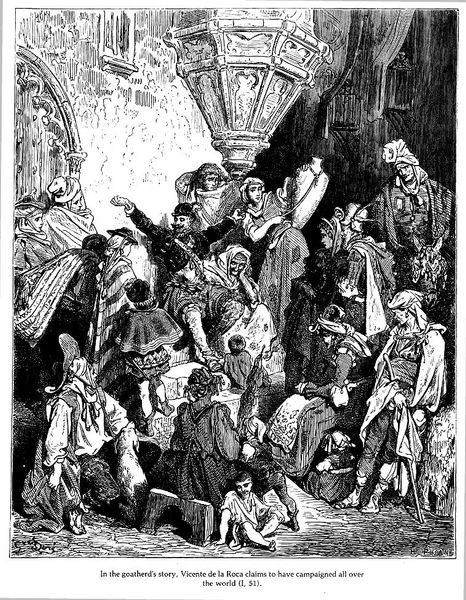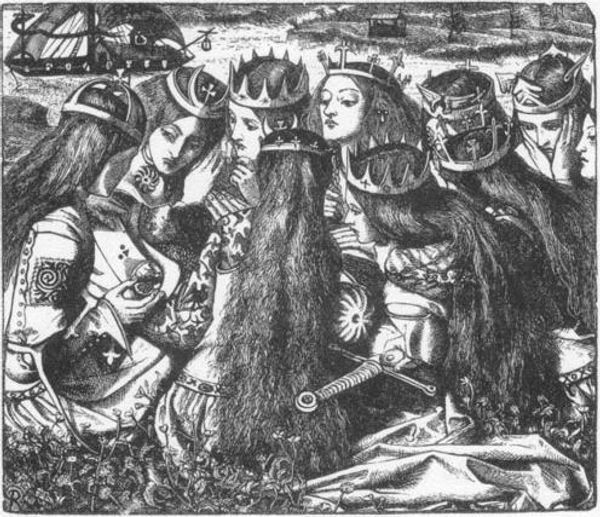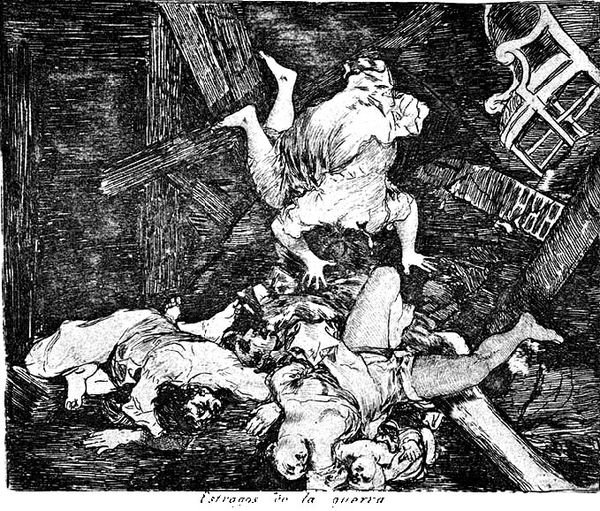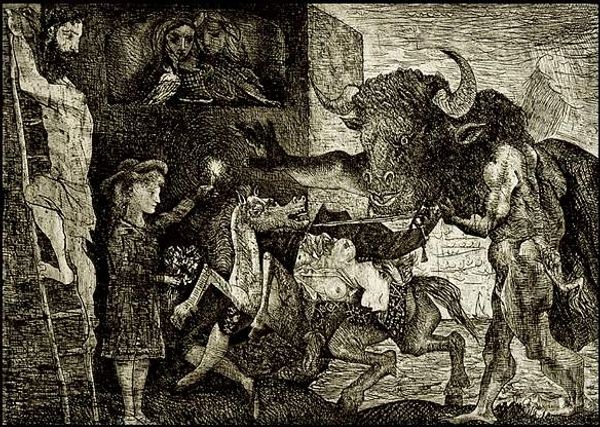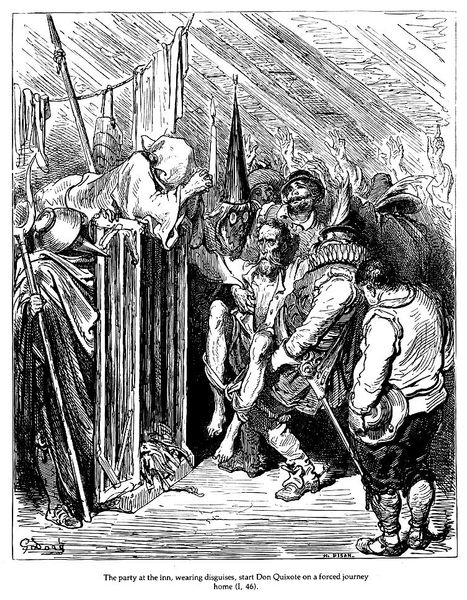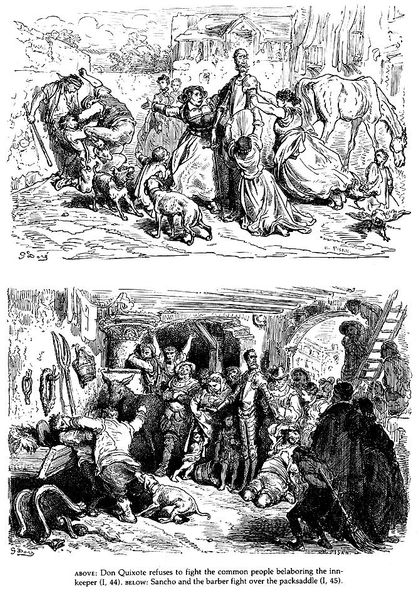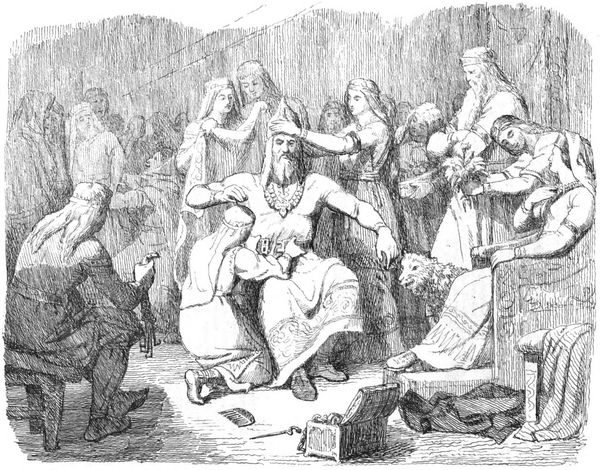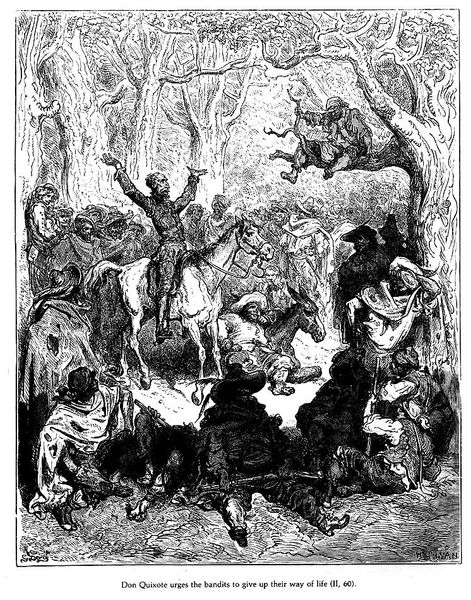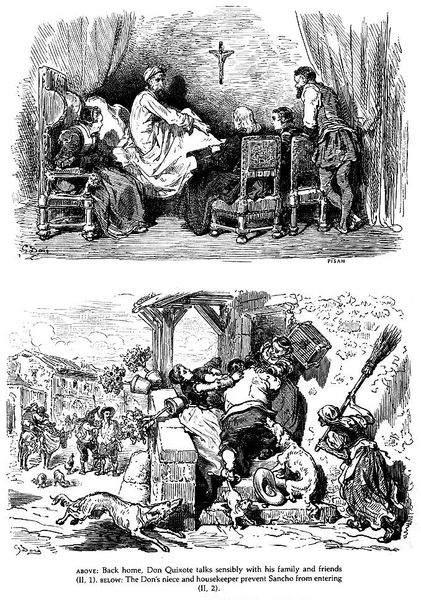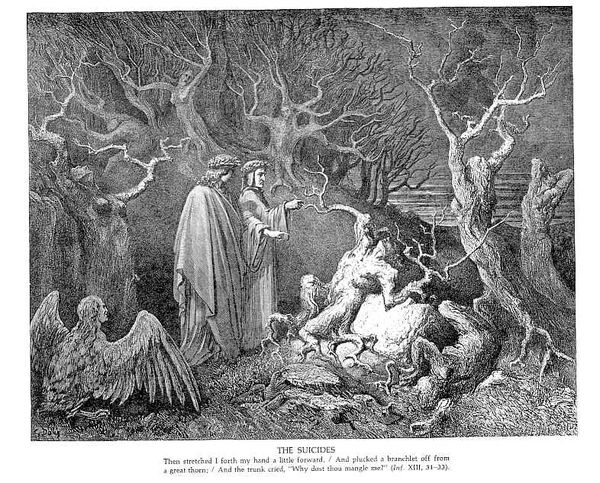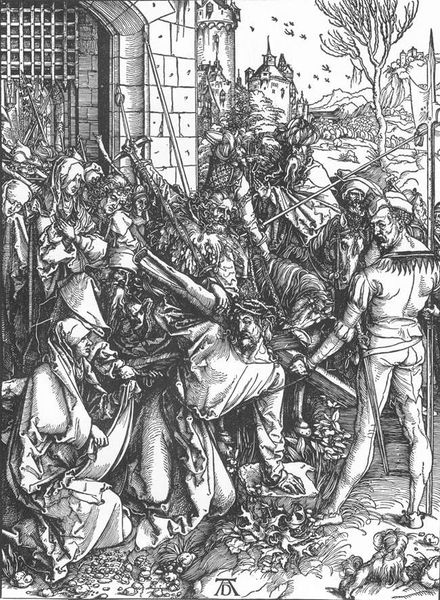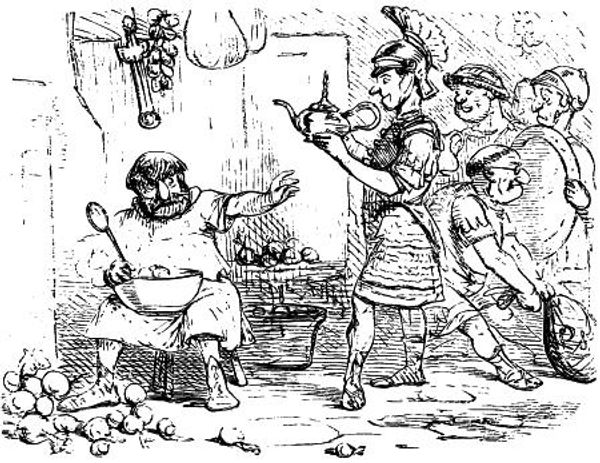
drawing, paper, ink
#
drawing
#
narrative-art
#
landscape
#
fantasy-art
#
paper
#
ink
#
folk-art
#
surrealism
#
symbolism
Copyright: Public domain
Editor: This is Theodor Kittelsen’s “Peer Gynt In the Hall of the Mountain King,” made with ink on paper in 1890. It's quite intense. The contrast is stark, and the creatures seem to swarm the central figure. What underlying story or deeper issues do you think Kittelsen might be hinting at? Curator: The image speaks volumes about power dynamics, particularly within a patriarchal structure, don’t you think? Consider the historical context: Kittelsen was Norwegian, and his work often tapped into Norse folklore. The Mountain King, here, embodies a very particular kind of oppressive authority. But who does Peer represent within that authority, and what are those goblin-esque figures in the context of folktales as sites for cultural fears of "the Other"? Editor: Peer is in a vulnerable position, definitely, facing the Mountain King's court, but what are you hinting at with "the Other?" Curator: I’m interested in exploring how representations of “monsters” often serve to define and police the boundaries of what a society deems acceptable or normal. What fears about societal change, outsiders, or repressed desires might be projected onto these figures? Are these figures a singular entity? Do they mirror Peer's ego and hubris, amplified and distorted? Kittelsen could be prompting us to consider our complicity in upholding harmful systems of power and what gets discarded as a means for staying at the top. Editor: So you see this as more than just a fantasy illustration. Curator: Exactly. It’s about confronting uncomfortable truths about how power operates, about what gets sacrificed and about our fear of that sacrifice.. And isn't that still relevant today? Editor: I never considered it that way, but now I can see how it speaks to current debates about cultural identity. Thanks, that really changes my view of the drawing. Curator: It makes you think about societal participation through a different lens, doesn't it?
Comments
No comments
Be the first to comment and join the conversation on the ultimate creative platform.
